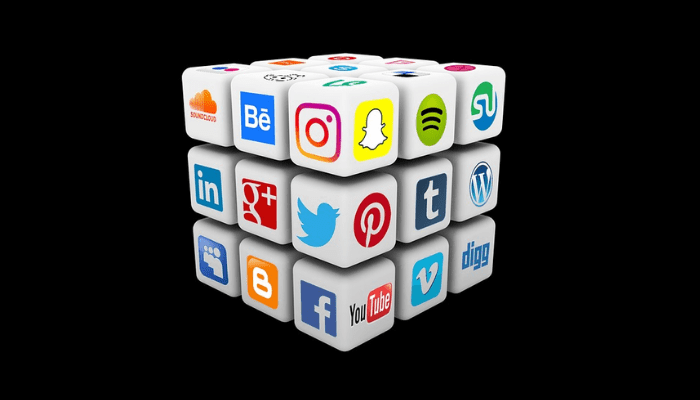Social media advertising is a great tool for understanding inflation in the economy and can help us make informed decisions about our spending and saving habits.
Here are a few things that social media advertising tells us about Inflation:
More opportunities:
Social media advertising is growing rapidly. As more and more businesses turn to social media platforms like Facebook, Twitter, and Instagram to promote their products and services, there are also more opportunities for companies to increase their ad spending on these platforms.
Increased ad spent:
This increased ad spending has a significant impact on inflation rates. The rise in ad spending can drive up prices as businesses compete for consumers’ attention by offering discounts or offering special promotions through social media ads.
An important driver of social media inflation is the increased use of marketing data. As businesses have access to more and more data about their customers, they can target their ads more effectively, which results in higher ad spending.
The impact of social media advertising on inflation is not uniform across all industries. While some sectors are seeing significant increases in ad spending, others are relatively unaffected.
Social media inflation is a global phenomenon. As businesses in developed economies increasingly turn to social media platforms to reach their customers, ad spending is expected to rise in those countries as well.
More marketing budget:
One of the main drivers of this inflationary pressure is consumer demand – as businesses face greater competition for customers’ attention, they have to spend more money on advertising to stay ahead of their competitors and attract new customers.
Ripple effect:
Social media advertising also has a ripple effect on other industries. For example, as businesses spend more on social media ads, they have less money to spend on traditional advertising channels like television and radio. This can lead to further inflationary pressures in those industries as well.
Higher wages:
The increased use of social media advertising is also having an impact on wages. As businesses compete for talent, they are willing to pay higher salaries to employees who have experience with social media platforms and can help them create and manage effective campaigns.
Inflationary pressure:
The inflationary pressures caused by social media advertising are likely to continue in the future. As more businesses turn to social media platforms to reach their customers, ad spending is expected to increase even further.
Industry impact:
The sectors that are most affected by social media inflation are those that rely heavily on advertising for their revenue, such as the retail and entertainment industries.
Gauging economic Inflation:
On a positive note, social media advertising is a great way to gauge inflation in the economy. By looking at the prices of goods and services advertised on social media, we can get an idea of how much prices have risen over time. This can help us make decisions about our spending and saving habits.
Understanding change in demands:
Additionally, social media ads can help us understand changes in demand for certain products and services. For example, if we see a significant increase in the price of food items advertised on social media, this could be an indicator that food prices are rising overall in the economy.
Similarly, if we see a decrease in the price of clothing advertised on social media, this could indicate that the cost of clothing has decreased, and we may choose to buy more of it.
At the end of the day, it is important to remember that these prices are just estimates based on averages – they may not perfectly reflect actual costs in your area or across the economy as a whole.
However, using this data as a starting point can be very helpful when making financial decisions.
Deep insights into inflation trends:
Social media provides valuable insights into inflation trends and helps businesses monitor changes in prices. By analyzing the content shared on social media platforms, such as blogs and forums, companies can gauge public sentiment about rising costs and determine how these changes are impacting consumers.
Analytics tools:
In addition to monitoring customer feedback, social media analytics tools can also be used to identify early signs of inflation. For example, if there is a sudden surge in price-related keywords on Twitter or Facebook, this could indicate that prices are rising faster than expected. By tracking these trends, businesses can adjust their pricing strategies accordingly and avoid passing on too much of the cost to consumers.
Effective tool and Indicator:
While social media can be a valuable tool for monitoring inflation, it is important to remember that it is just one data source. To get a complete picture of inflationary trends, businesses should also track other economic indicators, such as changes in the cost of raw materials and producer prices.
If you too are marketing on Instagram and targeting UK marks, in particular, you can consider buying Instagram Likes UK on your posts to get more views on them.
Additionally, you can buy Instagram followers UK to increase the follower count on your account. More followers would help you earn more profit in the future.
Conclusion:
If you invest time into social media marketing you begin to understand more how inflations in normal products and services are being offered by other companies. Nonetheless, there is cutting-throat competition between online marketing companies yet you learn more about the demands of products that cause inflation in the first place.



































